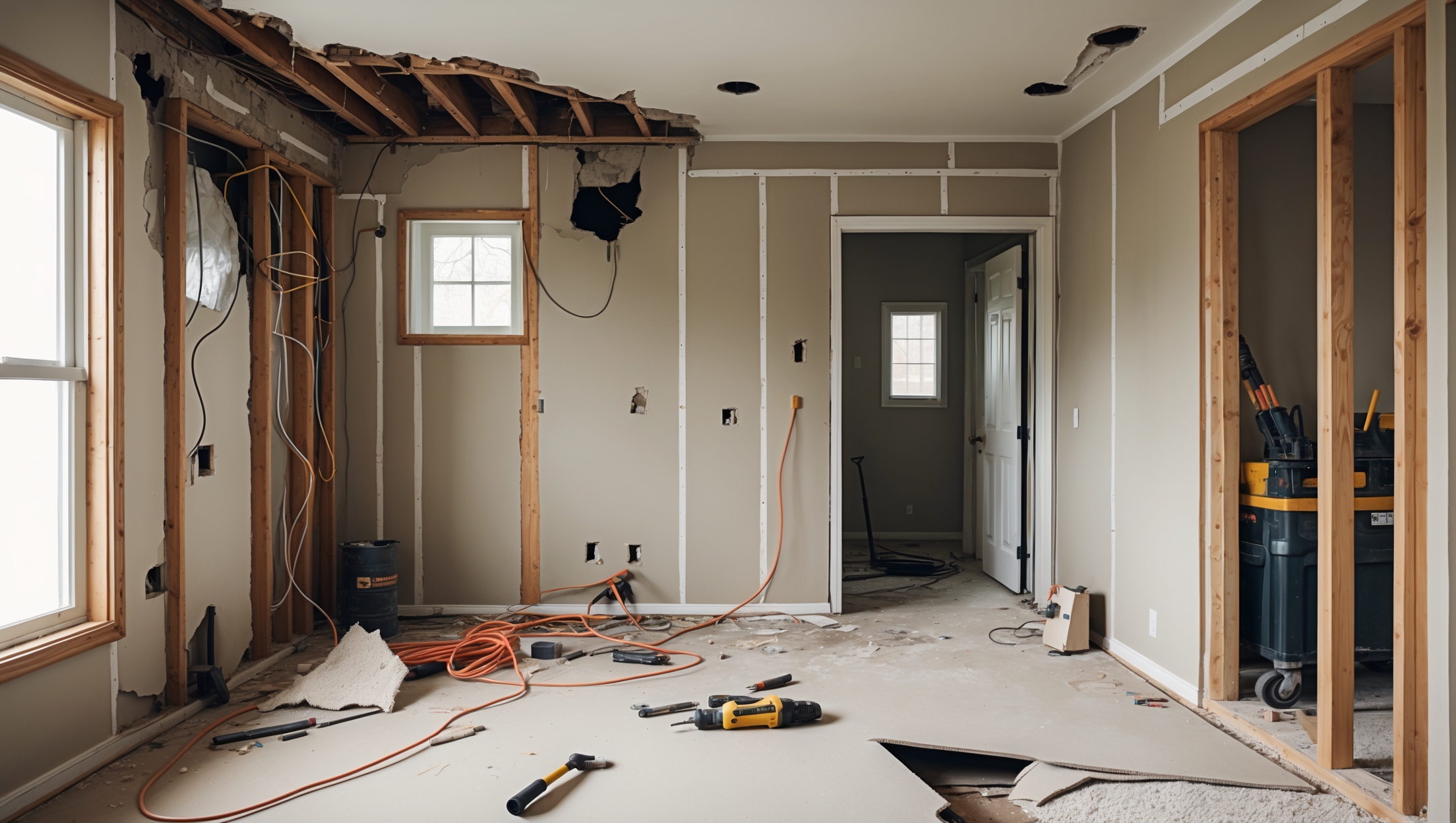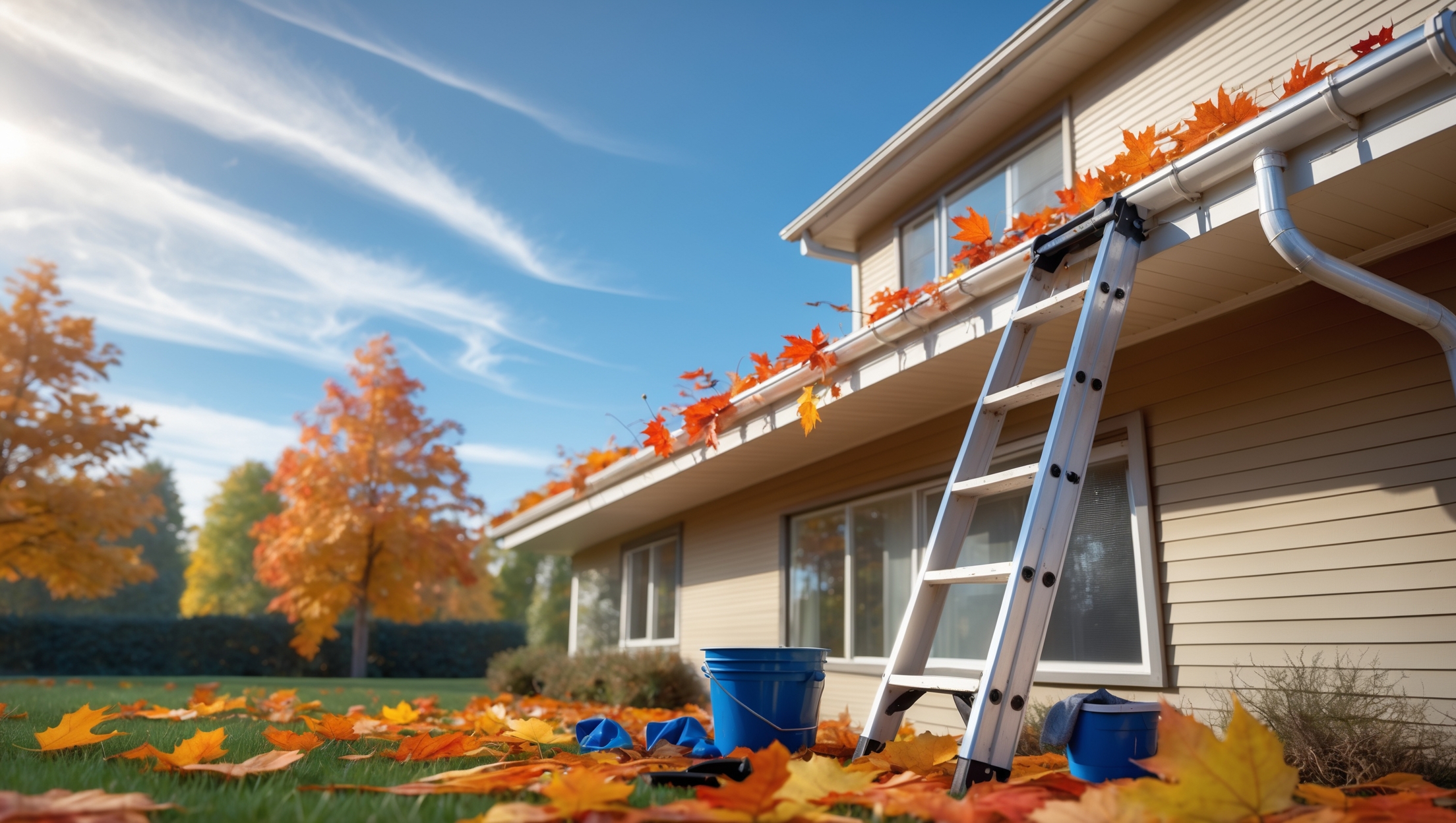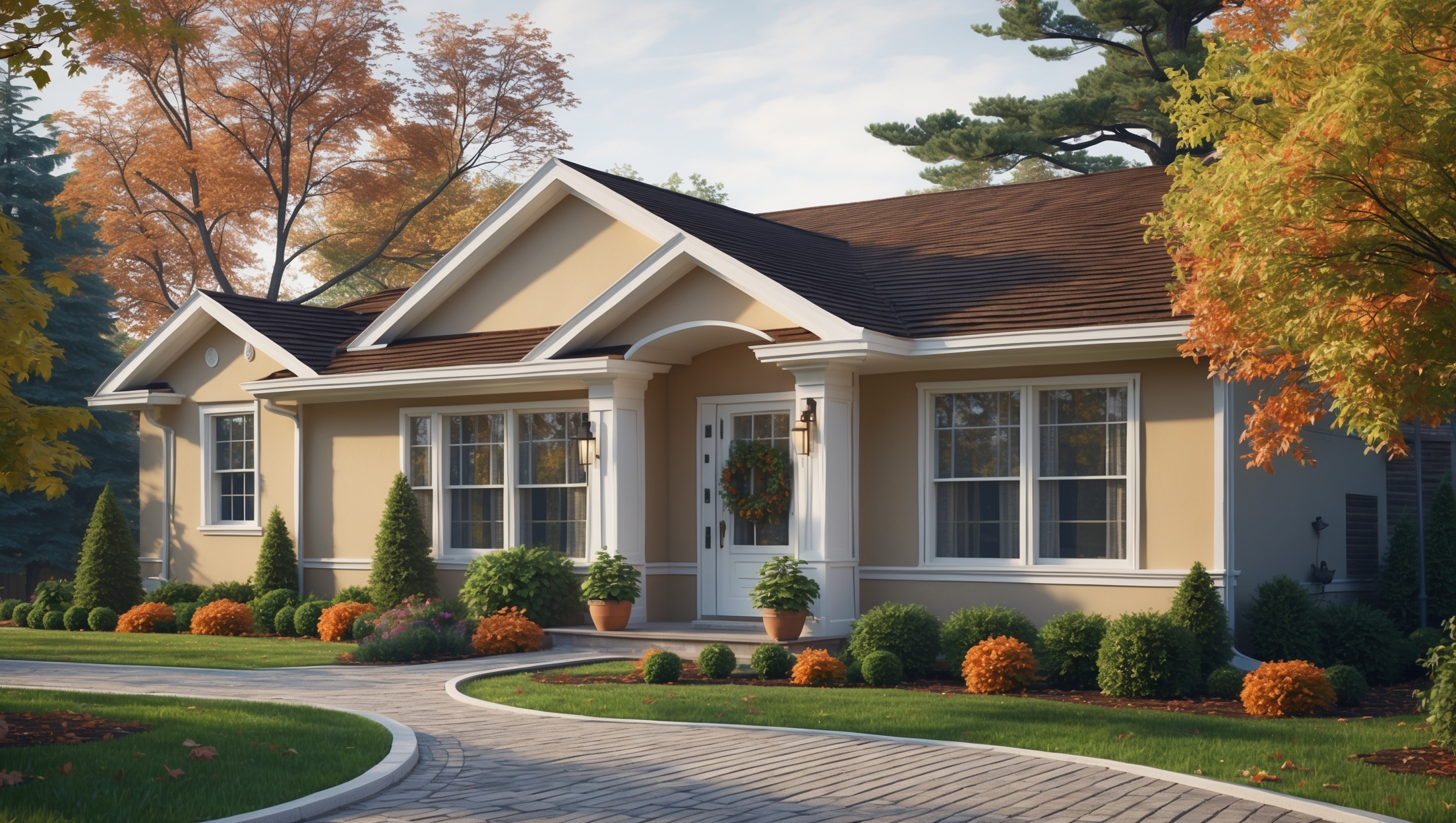Introduction
Home renovations can be exciting, promising a refreshed space and increased property value. But ask any seasoned homeowner or contractor, and they’ll tell you: the true cost of a renovation often exceeds even the best-laid budgets. The culprit? Hidden costs. These are the surprise expenses that sneak up once demolition begins or as plans evolve, capable of derailing projects and causing significant stress. Understanding where hidden costs lurk—and how to plan for them—is essential to a successful, on-budget remodel.
In this guide, we’ll explore the most common sources of unexpected costs in home renovations, from structural surprises behind your walls to overlooked permit fees. You’ll learn practical strategies for identifying potential budget busters before they strike, setting up a realistic contingency fund, and making smart choices that keep your renovation dreams from turning into financial nightmares. Whether you’re gutting a kitchen, finishing a basement, or simply updating a bathroom, this deep dive will empower you to approach your next project with eyes wide open and your wallet protected.
Why Hidden Costs Are So Common in Home Renovations
The Nature of Existing Structures
Unlike new construction, renovations begin with an existing structure whose true condition is often hidden beneath floors, behind walls, or above ceilings. Age, prior repairs, and even previous DIY fixes can mask issues that aren’t apparent during initial planning. For example, you might pull up old carpet only to discover subfloor rot, or remove drywall and find outdated electrical wiring that needs a complete overhaul.
Changing Regulations and Codes
Local building codes evolve over time. What was acceptable when your home was built may not meet today’s standards. Upgrades to electrical systems, plumbing, insulation, or even window sizes might be required by your municipality, especially if inspectors get involved. These code-related updates can add thousands to your renovation bill.
Scope Creep and Project Evolution
Renovation plans often change mid-project. Maybe you discover your kitchen’s plumbing needs to be relocated, or you decide to upgrade finishes after seeing them in person. Even small scope changes can have a domino effect, increasing labor and material costs.
The Most Common Hidden Costs in Home Renovations
1. Structural Surprises
- Rot and Mold: Water damage behind walls, under floors, or in attics is common, especially in older homes. Remediation can require structural repairs and mold abatement, both of which are expensive and time-consuming.
- Foundation Issues: Cracks or settling may not be visible until floors are removed. Fixing foundations is complex and costly.
- Termite Damage: Pest infestations can go unnoticed for years, leading to compromised framing that must be replaced.
2. Outdated Electrical and Plumbing Systems
- Knob-and-Tube Wiring: Common in pre-1950s homes, this antiquated wiring is a fire hazard and often must be replaced to pass inspection.
- Galvanized Pipes: Old plumbing may be corroded or leaking, requiring replacement to ensure water quality and prevent future damage.
3. Asbestos and Lead Paint Remediation
Homes built before the 1980s may contain hazardous materials like asbestos insulation or lead-based paint. Their removal is strictly regulated, requiring specialized (and expensive) contractors.
4. Permit and Inspection Fees
Budgeting for permits is standard, but costs can increase if inspectors require additional work or repeat visits. Sometimes, unexpected upgrades (e.g., electrical panels, smoke detectors) are mandated during inspections.
5. HVAC, Insulation, and Ventilation Upgrades
Opening walls or ceilings often exposes insufficient insulation or outdated ductwork. Upgrading these systems for energy efficiency or code compliance can add significant costs.
6. Site Preparation and Debris Removal
Disposal of demolition debris, hazardous materials, or even landscaping to provide contractor access are frequently under-estimated or overlooked during planning.
7. Temporary Living Expenses
If critical rooms like kitchens or bathrooms are out of commission, you may need to rent alternative accommodations or eat out more often, which adds up quickly.
8. Unanticipated Design Changes
Discovering that an intended design won’t work with your home’s structure can force you to choose more expensive alternatives or redo plans midway.
How to Identify Hidden Costs Before You Start
Conduct Thorough Pre-Renovation Inspections
- Hire a licensed home inspector experienced in renovations. Ask for a report focused on structural integrity, moisture issues, and outdated systems.
- Consider specialty inspections for plumbing, electrical, and HVAC, especially in homes over 30 years old.
- Use moisture meters and thermal imaging to detect hidden leaks or insulation gaps.
Consult with Experienced Contractors
- Get multiple bids and ask contractors to specify line-item costs for demolition, waste removal, permits, and contingencies.
- Request a walk-through to discuss potential problem areas. Experienced pros can often spot red flags that less seasoned eyes miss.
Research Local Codes and Permit Requirements
- Visit your city or county’s building department website. Download renovation checklists and permit guides.
- Talk to inspectors about common issues in your area. Some municipalities offer pre-renovation consultations.
Plan for Design Flexibility
- Work with architects or designers who understand the quirks of older homes.
- Include alternate material and fixture options in your plan in case your first choice proves impractical or too expensive.
Building a Realistic Renovation Budget
Allocate a Contingency Fund
Industry experts recommend setting aside 10% to 20% of your total renovation budget for unexpected costs. For complex or older home renovations, err on the higher end. This fund should be separate from your main budget and used only for genuine surprises, not elective upgrades.
Itemize Every Expense
- Break your budget down by trade: demolition, framing, electrical, HVAC, plumbing, finishes, etc.
- Include line items for permits, debris removal, temporary storage, and alternative living expenses if applicable.
- Don’t forget taxes, delivery fees, and possible price increases for materials.
Request Fixed-Price Contracts Where Possible
Some contractors offer fixed-price bids for specific scopes of work, reducing the risk of cost overruns. Clarify what’s included, and ensure any exclusions are spelled out in writing.
Strategies to Minimize the Impact of Hidden Costs
1. Prioritize Essential Repairs First
- Focus on structural and system upgrades before investing in cosmetic changes.
- Postpone non-urgent enhancements if the contingency fund runs low.
2. Use Open Communication
- Hold regular project meetings with your contractor to discuss emerging issues and approve scope changes before work proceeds.
- Require change orders in writing, with updated cost estimates and timelines.
3. Shop Around for Materials and Services
- Get multiple quotes for specialty work like asbestos removal or foundation repairs.
- Consider alternative materials or finishes if your first choice becomes too expensive due to unforeseen expenses.
4. Don’t Cut Corners on Permits or Inspections
- Unpermitted work can lead to costly fines, forced tear-outs, and trouble selling your home later. Always budget for proper permitting.
- Inspections may catch issues early, allowing you to fix small problems before they become expensive disasters.
Case Examples: Real-Life Hidden Cost Scenarios
Case 1: The Kitchen Remodel Surprise
A homeowner budgeted $40,000 for a kitchen remodel in an early-1970s home. After demolition, contractors discovered aluminum wiring, which required a complete electrical upgrade to meet code. The additional cost was $7,500, plus extra time for permitting and inspection. Because the homeowner had set aside a 15% contingency fund, the project stayed on track without sacrificing design elements.
Case 2: The Basement Finish Dilemma
In a 1950s home, a basement finishing project uncovered high moisture levels and mold behind paneling. Mold remediation, waterproofing, and sump pump installation added $11,000 to the job, but skipping these repairs would have risked the health of the home’s occupants and future resale value.
Case 3: The Bathroom Asbestos Find
During a bathroom renovation, contractors found asbestos in the old floor tiles and behind wallboard. Specialized abatement cost $4,200 and delayed the project by two weeks. Because the contractor had warned about this possibility upfront, the homeowner had included a line item in the budget and avoided panic.
Essential Tips for Staying on Budget
- Request detailed, written contracts that outline what happens if hidden problems are found.
- Don’t rush demolition: Ask your contractor to proceed carefully and keep you informed as new issues are uncovered.
- Be realistic about your home’s age and history: Older homes almost always have surprises.
- Document everything: Keep records of all contracts, change orders, and receipts for future reference and insurance claims.
- Stay involved: Frequent site visits allow you to catch issues early and make informed decisions quickly.
Conclusion
Renovating your home is a significant investment in both time and money. While it’s impossible to foresee every challenge that might arise, understanding the types and sources of hidden costs puts you in the best possible position to handle them. By conducting thorough pre-renovation inspections, building a robust contingency fund, and working with experienced professionals, you’ll greatly reduce the risk of budget-busting surprises.
Remember, a successful renovation isn’t just about achieving your design vision—it’s also about protecting your finances and your peace of mind. The most rewarding projects are those where homeowners plan not only for the expected, but also for the unexpected. With a proactive approach and clear communication, hidden costs can be managed and even minimized, allowing your dream renovation to become a reality without unwelcome shocks along the way.
As you embark on your next renovation, keep this guide handy. Review your inspection reports, question your contractors about potential pitfalls, and don’t be afraid to ask for clarification at every stage. Planning for the unexpected isn’t pessimism—it’s smart, strategic preparation that ensures your project will stand the test of time and budget.




